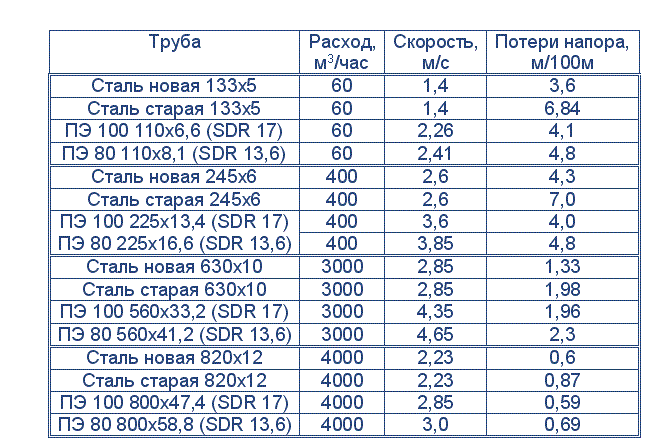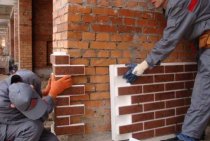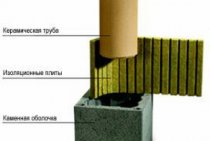Pipe diameter and its effect on the efficiency of the heating system
The heating system functions effectively only when the pipeline design is done correctly
At the planning stage, it is important to calculate the likely heat losses and try to reduce them as much as possible. Otherwise, despite the impressive energy costs, the heating system will not fully cope with its tasks.
When buying pipes for installing a heating network, it is necessary to take into account not only the physical and chemical characteristics of the material, but also what length and diameter your pipeline will be. This approach will create an economical heating system with high efficiency.
The cross section of the pipes affects the hydrodynamics of the pipeline, so the choice of the diameter of the pipes for heating cannot be carried out thoughtlessly.
Many people think that with an increase in the diameter of the heating pipes, the efficiency of the system itself increases. But this statement is wrong. With an unreasonably large diameter, the pressure in the heating system decreases, reaching minimum values, which leads to the absence of heating in the house as such.
How to choose a pipe diameter if you plan to install a pipeline in a private cottage? First of all, focus on how the coolant will be supplied to your heating system. If you are connected to a centralized highway, then the calculation is carried out in the same way as when conducting heat in an apartment.
Table of coolant flow rate, speed of its movement and pressure losses of steel and PE pipes of various diameters
But if your house is equipped with an autonomous heating system, then the diameter depends on the pipe material and on the heating scheme. For example, for a network with natural circulation of the coolant, pipes of the same diameter will be needed, and when a pump is added to the system, another.


